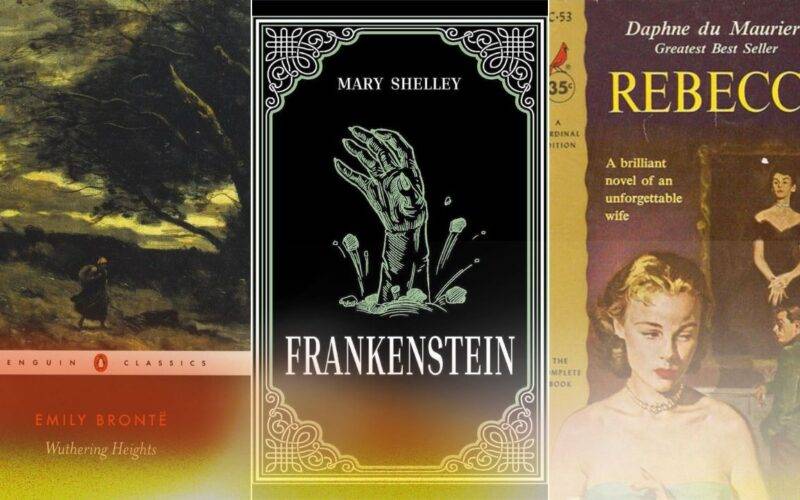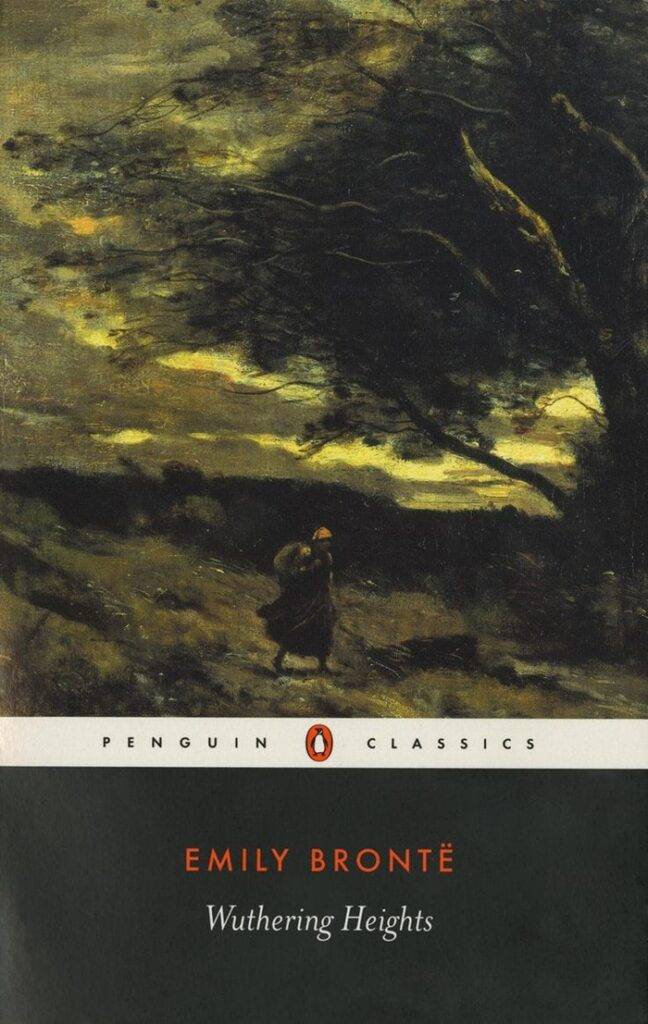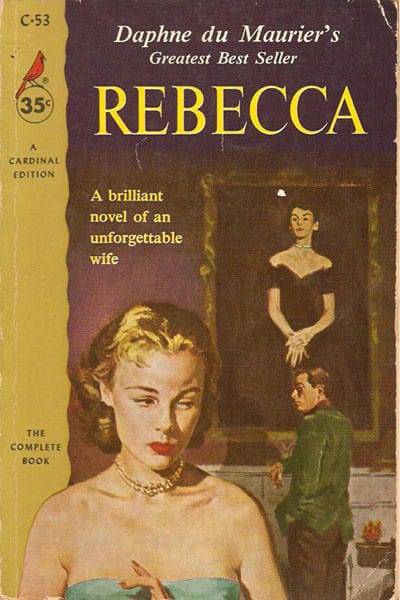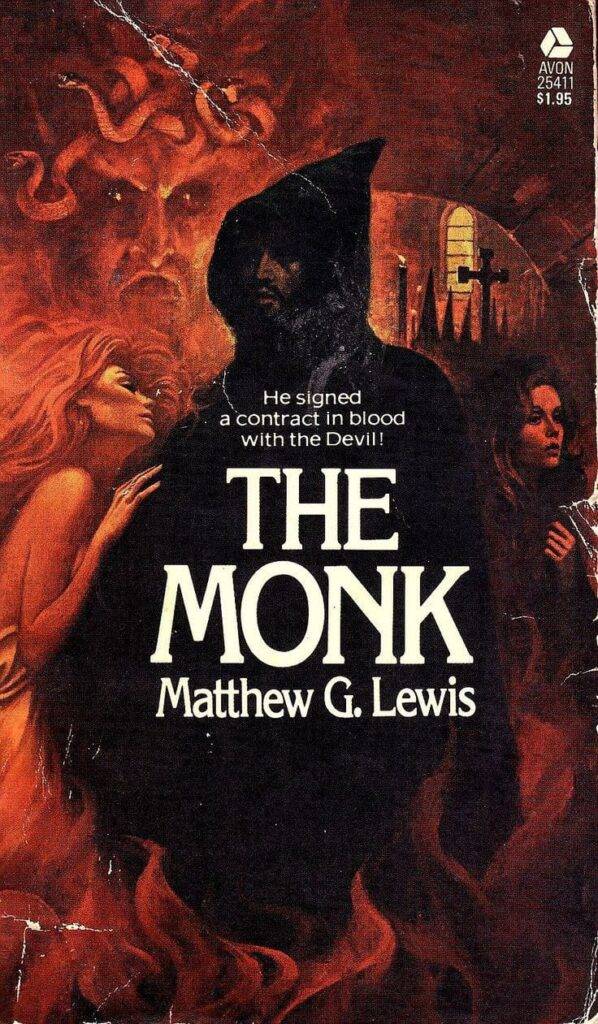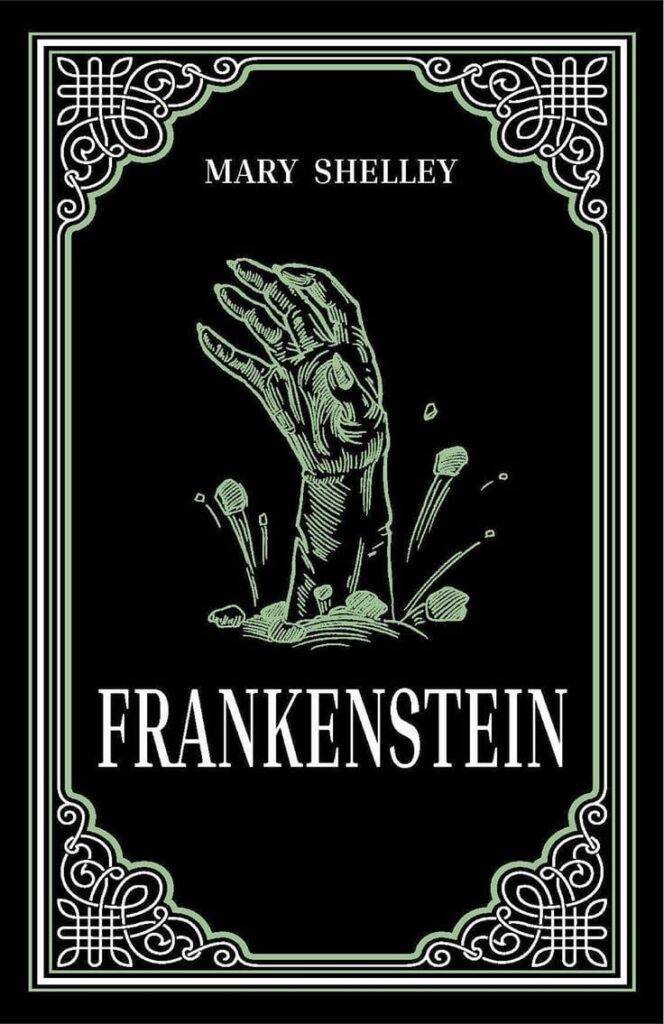Here, sadness is a whole mood. It’s as if the characters woke up one morning and said, “You know what would really spice up my love life? A bit of emotional torment.”
But why do these books make misery look so… well, attractive? Is it just to up the drama, or do they actually believe that the path to true love has to include a few sleepless nights and some dramatic hair? You’ve seen it: the looks, the moonlit strolls through the cemetery, the mystery lover who may or may not be a vampire. But have you ever wondered if these stories actually glorify all that doom and gloom? Or, is it just an excuse for characters to sigh theatrically while clutching lace shawls?
In Gothic romances, melancholy is not just a mood; it’s practically the setting. It hangs in the air like a musty odor from the 18th century. Think about Wuthering Heights by Emily Brontë. The entire novel is one long elegy for unrequited love, filled with brooding characters, emotional torment, and really dramatic weather. Heathcliff, the brooding anti-hero, isn’t just a man suffering from heartbreak—he’s practically a walking cloud of misery. His love for Catherine isn’t some simple, sweet romance; it’s a deep, obsessive suffering that spans generations. But do we judge him for being overly dramatic? No, we get caught up in his tragedy. We swoon a little when he howls in agony on the moors, as if having one’s heart broken means you’re legally required to shout at nature.
And why is that? Because in the Gothic romance world, sad isn’t a mood disorder; it’s an aesthetic. It’s the atmosphere, like fog rolling in from a spooky marsh. Suffering is poetic, even stylish. Characters often seem to love in their sorrow, as if it’s an accessory more fashionable than any silk or embroidered gown. Even the settings seem to wallow in their own misery—dark castles, great estates, and sad landscapes where the sun shines as often as a smile appears on Mr. Rochester’s face.
In Jane Eyre by Charlotte Brontë, Mr. Rochester is the epitome of the charming, tormented hero, suffering from a secret that has all but consumed him. His pain is part of his allure. If he wasn’t nursing a heart full of despair and secrets, would Jane have found him half as fascinating? Probably not. Without the melancholy, he’d just be another wealthy guy in need of a haircut.
Gothic romance seems to suggest that suffering is a kind of training ground for true love. It’s not enough for characters to merely fall in love; they must endure all manner of hardship to prove it’s the real deal. In Rebecca by Daphne du Maurier, the unnamed protagonist is practically in a constant state of anxiety and insecurity, shadowed by the memory of her husband’s dead wife. She suffers in silence, tiptoeing around the grandeur of Manderley and trying to measure up to the ghost of Rebecca. Her misery and sense of inadequacy become the stepping stones to uncovering the truth and, eventually, finding a different kind of love. But if her suffering were less intense, if she just shrugged and said, “Eh, who cares about the past?”, it would be a very different book. Probably more like a real estate brochure than a Gothic classic.
The idea is that suffering refines the soul, making the eventual romantic union not just desirable but necessary, almost sacred. Like, sure, Mr. Rochester is problematic on multiple levels, and the whole “secret wife locked in the attic” scenario isn’t exactly relationship goals. But when Jane and Rochester finally do get together, it’s because they’ve both suffered enough to earn it. It’s not a story for people who give up after a bad first date.
Gothic romances don’t just portray suffering—they make it look good. They dress it up in flowing gowns, candlelight, and foreboding landscapes. Let’s face it: no one is reading The Castle of Otranto for practical advice on dealing with spooky architecture. The genre takes the raw emotion of despair and wraps it up in layers of velvet and lace, making it seem, dare we say, appealing? It’s like those Instagram influencers who make everything look glamorous, even crying. Gothic romance is the 18th-century equivalent of posting a sad selfie with #Mood and a black-and-white filter.
The Gothic romance novel The Monk by Matthew Lewis is a prime example of suffering as a spectacle. The book has everything: lust, murder, supernatural horror, and moral depravity. The monk Ambrosio undergoes a downward spiral filled with enough drama to fuel a dozen reality TV shows. His suffering isn’t just part of the story; it is the story. It’s excessive, exaggerated, and utterly enthralling. One could argue that the more characters suffer, the more we enjoy the ride. After all, where’s the fun in a Gothic novel where the protagonists simply communicate their issues like well-adjusted adults?
Well, for one, it’s not our suffering. When we pick up a Gothic romance, we’re signing up for a kind of safe torment. We get to experience the characters’ despair and sorrow without ever having to live through it ourselves. It’s a bit like going to a haunted house: we’re scared, but we know we’re not really in danger. Melancholy becomes a kind of entertainment, and suffering a narrative device that keeps us hooked.
Take Frankenstein by Mary Shelley. Victor Frankenstein and his creation both undergo immense suffering, but it’s the kind of suffering that’s fascinating rather than off-putting. We’re intrigued by Victor’s guilt and anguish, even as we roll our eyes at his consistently poor life choices. Meanwhile, the creature’s suffering is poignant and tragic, making us feel sympathy for a monstrous figure. If Gothic stories teach us anything, it’s that misery loves company, especially if that company is brooding, possibly cursed, and lives in a creepy mansion.
At the end of the day, Gothic romances don’t necessarily say that suffering is *good*; they just make it look more interesting than happiness ever could. Joy is mundane; it’s brunch with friends and happy puppies. But misery? Misery is captivating. It’s a moonlit graveyard. It’s unspoken longing. It’s Heathcliff digging up Catherine’s grave just to hold her again. In real life, we’d probably stage an intervention for a friend who started skulking around cemeteries. But in the pages of a Gothic romance, we applaud the drama. We’re all in for the emotional chaos.
Gothic romance stories may not exactly advocate for suffering, but they sure do know how to milk it for all its atmospheric value. These tales don’t just show melancholy as an emotion—they turn it into a lifestyle choice. It’s a reminder that in literature, at least, the darker the clouds, the more poetic the rain. So next time you’re reading about a love affair doomed by some family curse, remember: in the world of Gothic romance, suffering isn’t just an unfortunate side effect—it’s the point. And if you happen to find yourself drawn to brooding anti-heroes or haunted attics, well, congratulations. You’ve officially caught the Gothic romance bug.
Now, if you’ll excuse me, I’m off to find a sexy moor to wander around in. Don’t worry—I’ll bring a lace handkerchief for some dramatic sighing.

